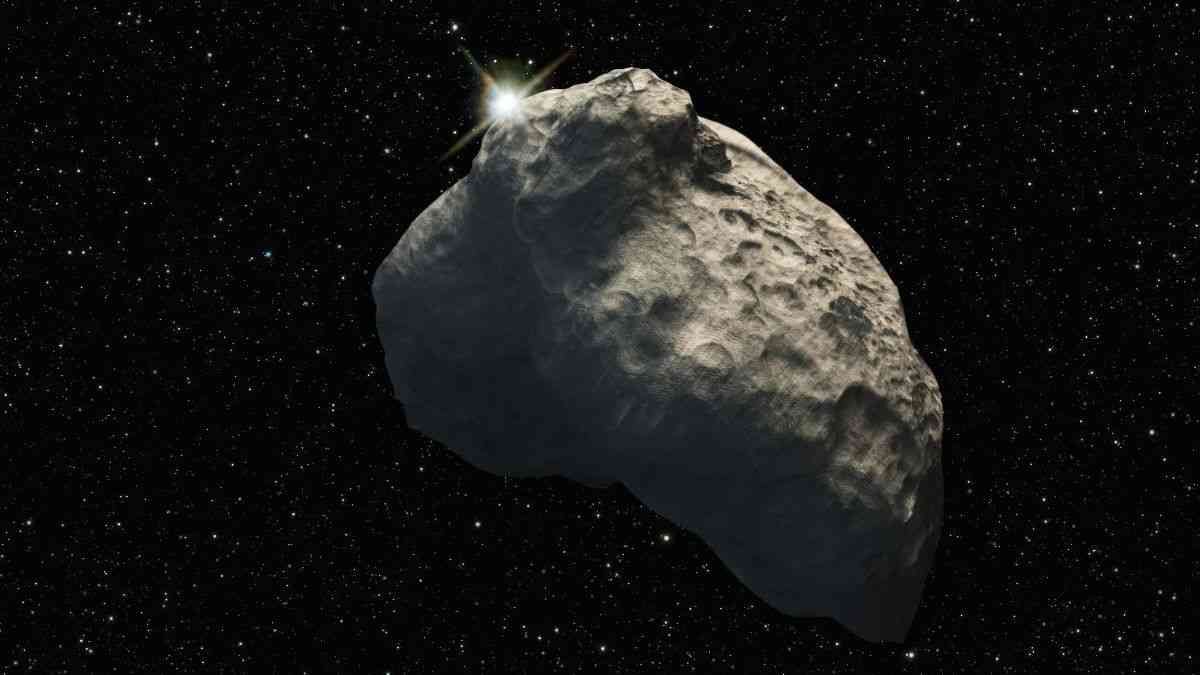Truth & Goodness
Patriots and national defense. Love without duty?
28 September 2025

What is a quasi-moon and why did it stay hidden for so long? For more than 50 years, the space rock 2025 PN7 trailed just behind Earth — closer than the Moon, a mere 299,000 km from us. Only this summer did astronomers in Hawaii pin down its orbit and reveal where it may have come from.
What makes this space object so unusual? Quasi-moons follow stable yet atypical paths. They orbit the central star (in our case, the Sun) while moving near a specific planet, but they aren’t gravitationally bound to it. Like Earth, 2025 PN7 needs exactly 1 year to go around the Sun, and you could say it “follows” us along our route.
Why did it elude scientists for so long? The answer is simple — this cosmic runt is only about 30 meters across and is extremely faint. Some calculations put it at just 19 meters. That makes it practically invisible unless it’s in just the right place at the right time.
“It can be detected by currently available telescopes only when it comes close to our planet, as it did this summer,” explains Carlos de la Fuente Marcos of the Complutense University of Madrid in a comment to CNN. “Its visibility windows are few and far between. It’s a demanding object.”
Key numbers:
The closest approach of 2025 PN7 to Earth is an impressive 299,000 kilometers — closer than our planet’s average distance from the Moon. Its cosmic choreography is more complex, though. The object regularly shifts from a closer, more circular path to a horseshoe-shaped orbit. During those phases, it swings out to a staggering 297 million kilometers from us.
“The Solar System is full of surprises, so we keep looking,” writes de la Fuente Marcos. “The existence of 2025 PN7 suggests there may be no lower size limit for a quasi-satellite.”
Does this tiny companion pose a threat? Absolutely not. Quasi-moons, even when they pass near our planet, generally don’t present an impact risk.
Read more about Orionids and Draconids
Where did 2025 PN7 come from? Scientists have a few theories. It could be a fragment of our Moon blasted out by an ancient impact, much like the quasi-moon Kamoʻoalewa. Another possibility is the Arjuna asteroid group — small space rocks that travel on Earth-like orbits.
“Now we know that material ejected during lunar impacts can contribute to the formation of members of the secondary Arjuna asteroid belt,” says de la Fuente Marcos. Dr. Teddy Kareta of Villanova University adds: “Based on what we know so far, it’s almost certainly a rocky, natural object.”
Since we now understand what a quasi-moon is, it’s worth asking how precisely this one travels. Astronomers predict that 2025 PN7 will remain on its current path for another 60 years before the Sun’s gravity pulls it back into a horseshoe orbit. At that point, the object will recede from Earth. And its discovery raises a tantalizing question: could more such bodies be waiting in the wings, ready for their moment in the spotlight?
Read this article in Polish: Niezwykły obiekt tuż obok Ziemi. Dopiero teraz go odkryliśmy